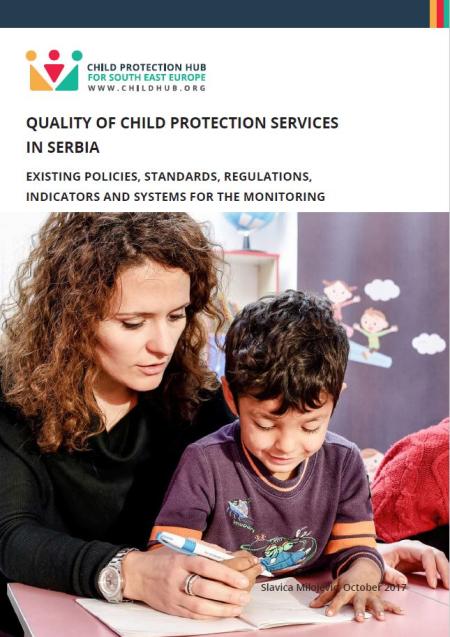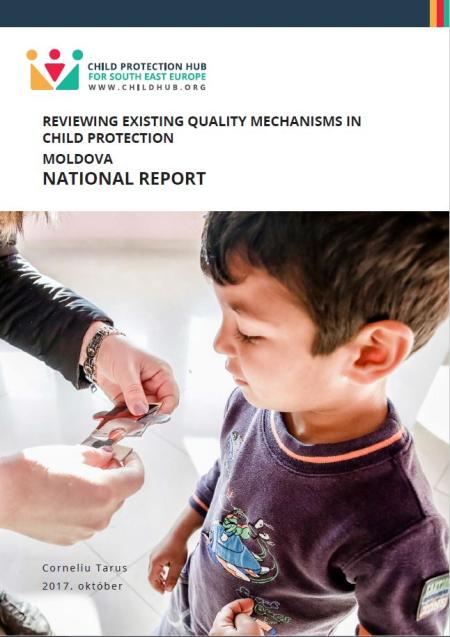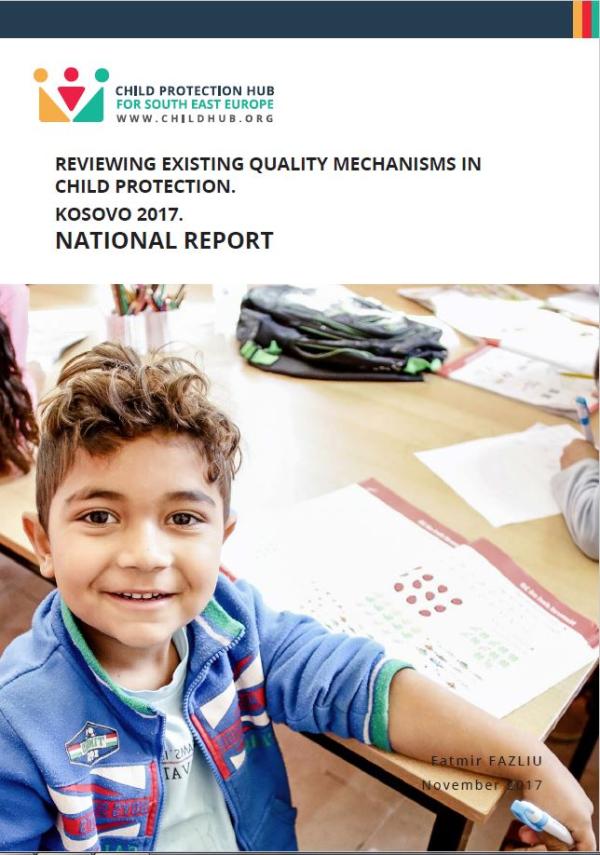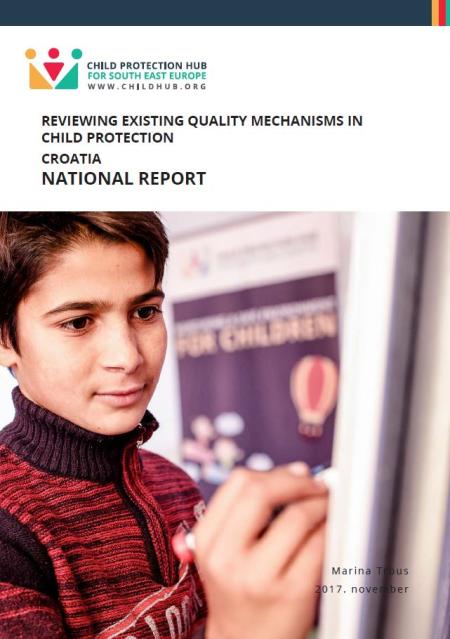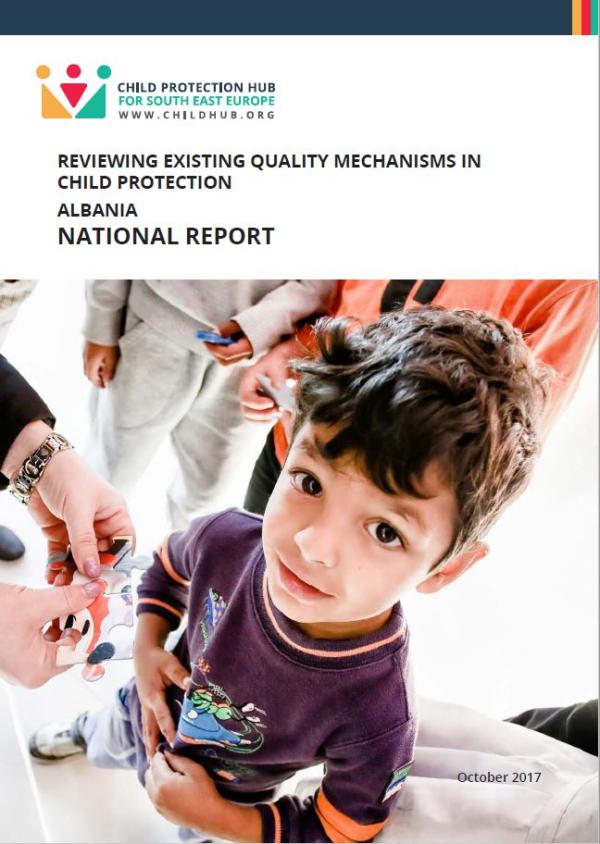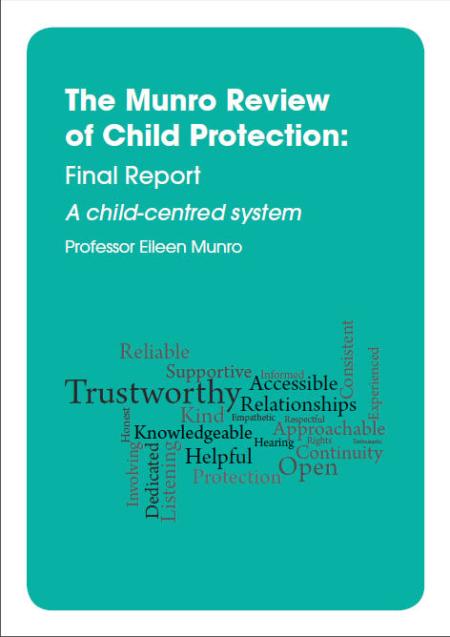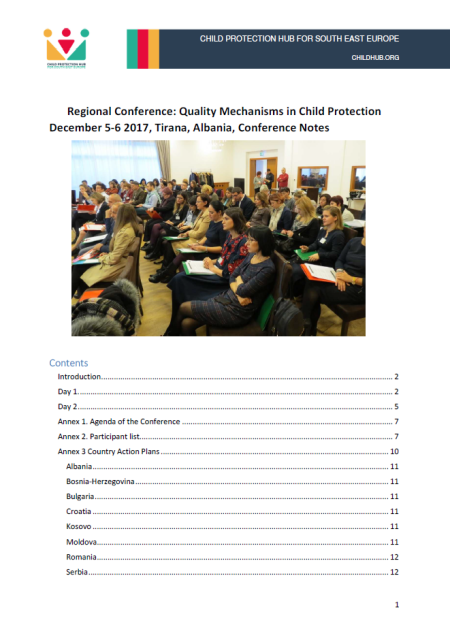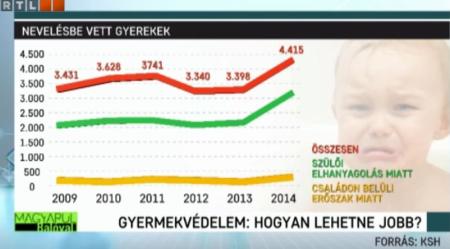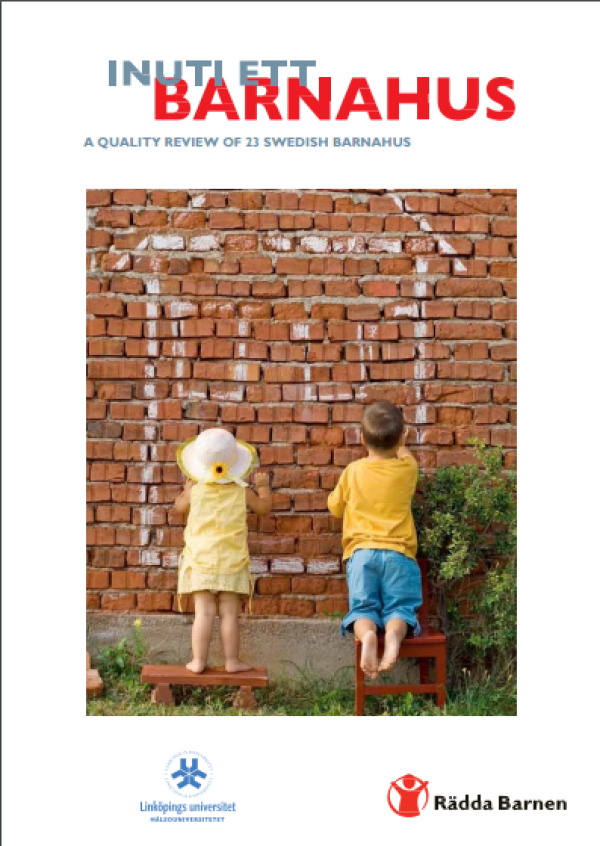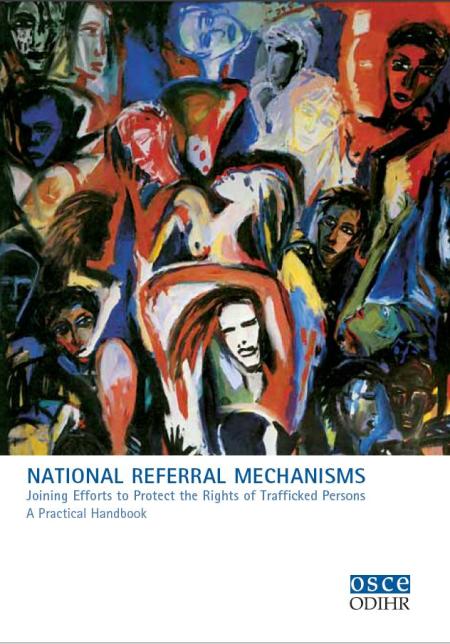
Executive Summary:
Child growth and development within the family environment is the main direction widely applied in the Republic of Serbia. The Family Law and the Law on Social Welfare clearly give priority to the prevention of child separation from their parents whenever this is in the best interest of the child. However, the number of children who are entering social protection system as beneficiaries is raising. In the general population of children in Serbia, the number of children decreased by 4% between 2012 and 2016, while in the same period the number of children in the social protection system increased by 14.3%.
The system of social protection of children in Serbia is oriented towards achieving minimal material security and independence, eliminating the consequences of social exclusion and preventing and remedying the consequences of abuse, neglect and exploitation. The law defines forms of behaviour that undermine a desirable and acceptable attitude towards the child, determines the degree of social tolerance to different standards of raising and upbringing of children and the criteria for state intervention in these processes. Key regulations for child protection in Serbia are Social Welfare Law (2011), Family Law (2005) and Law on financial assistance to families with children (2009). The Family Law represents a reference law for the application of certain standards and principles when deciding on many rights of the child and outside the family protection system, in the education system, the social protection system, etc. (child’s capacity to work, child’s rights, representation of the child, child’s opinion, child’s best interest, role of guardianship authority). The Law on Social Welfare has introduced the quality system which implies 1) basic standards of social care services, 2) implementation of the system for accreditation of training programs and programs for treatment and 3) licensing of service providers. Law on Social Welfare also gives priority to community services and limits the accommodation in residential institutions (e.g., a ban on the institutionalisation of children under three years old.
Child care infrastructure consists of rights and services organized on national and on local level. From the state, from the national level are secured Cash benefits (Social allowance, Disability allowance, Child allowance), Statutory services, Foster care and Residential care. Under the responsibility of local governments are One-off cash allowance, Preschool allowance for children from economically vulnerable families and Community based services (Day care, Personal assistance, Drop in Shelters etc.).
The main concerns in child protection in Serbia are in the following areas: tackling child trafficking and child labour issues; enabling a more effective coordination within the child protection system; providing better care for children with disabilities, creating and developing new and upgrade existing services for family and in collecting relevant data and monitoring the child protection system.
To download national reports on existing quality mechanisms in other countries of the regions, please click below:
Albania
Bosnia and Herzegovina
Bulgaria
Croatia
Kosovo
Moldova
Romania


